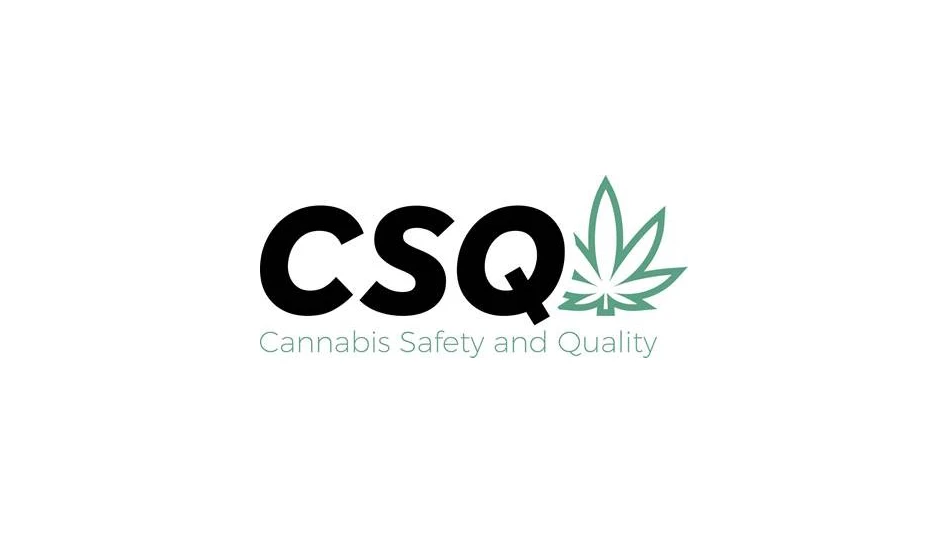 Though Escherichia coli O157:H7 is known across America as a key cause of foodborne illness, this pathogen’s lesser-known cousins are also of concern to food makers, public health officials, and food safety researchers and regulators. USDA Agricultural Research Service (ARS) research microbiologists James Bono and Keri Norman are investigating these less-studied relatives—E. coli O26, O45, O103, O111, O121, and O145—sometimes simply referred to as “The Big Six.”
Though Escherichia coli O157:H7 is known across America as a key cause of foodborne illness, this pathogen’s lesser-known cousins are also of concern to food makers, public health officials, and food safety researchers and regulators. USDA Agricultural Research Service (ARS) research microbiologists James Bono and Keri Norman are investigating these less-studied relatives—E. coli O26, O45, O103, O111, O121, and O145—sometimes simply referred to as “The Big Six.”
In laboratory studies at the ARS research center in Clay Center, Neb., Bono and Norman have found tell-tale genetic differences in the DNA of these bacteria and are seeking a patent for their discoveries.
The team has identified differences, known as SNPs (single nucleotide polymorphisms), that can be used to quickly, reliably, and inexpensively detect and identify these bacteria in samples of ground beef, fresh produce, or water. Most importantly, the team said, the SNPs, or biomarkers, detect and identify only those strains of The Big Six E. coli that are capable of making people sick.
Not every strain of every one of The Big Six is pathogenic to people, Bono pointed out. Thus, SNPs that are specific to pathogenic strains save time that might otherwise have to be spent in determining, for example, whether the E. coli O145 detected in a food sample is or is not a pathogenic strain.
DNA-based markers for detecting and identifying The Big Six E. coli are not new. But the biomarkers that Bono and Norman developed rely on SNPs that apparently have not been previously singled out for this specific use. ARS has licensed Neogen Corporation for use of the biomarkers its NeoSEEK E. coli testing service.
Get curated news on YOUR industry.
Enter your email to receive our newsletters.

Explore the April 2012 Issue
Check out more from this issue and find your next story to read.
Latest from Quality Assurance & Food Safety
- IDFA Commits to Eliminating Certified Artificial Colors in School Dairy Foods
- ACC Central Kitchen Recalls Pork Buns Due to Undeclared Allergen
- Kim Heiman Elected to Second Term as President of Wisconsin Cheese Makers Association
- FAO Launches $150 Million Plan to Restore Ukrainian Agricultural Production
- Pet Food Company Implements Weavix Radio System for Manufacturing Communication
- Penn State Offers Short Course on Food Safety and Sanitation for Manufacturers
- USDA Announces New Presidential Appointments
- FDA to Phase Out Petroleum-Based Synthetic Dyes in Food






